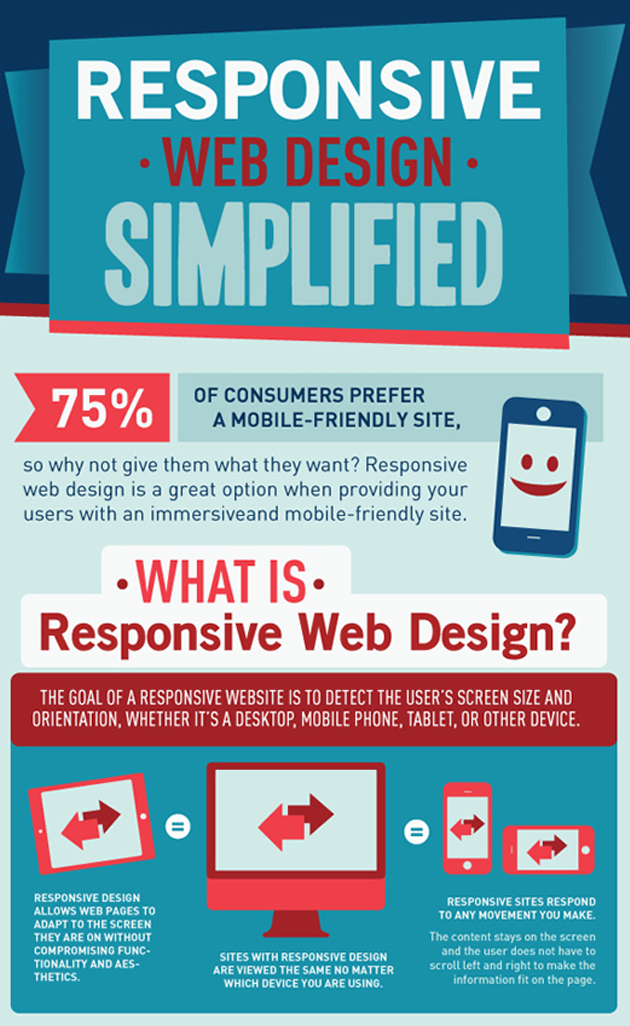Interested In Discovering Exactly How Web Site Design Has Altered For Many Years? Explore The Trip
Interested In Discovering Exactly How Web Site Design Has Altered For Many Years? Explore The Trip
Blog Article
Content By-Hartley Trolle
In the past, internet sites were simple and concentrated on information. Navigating was direct, and design was for desktops. Now, customer experience is essential. Data guides styles for easy navigation. Receptive formats suit different tools. Today, dark setting lowers pressure, and minimal food selections enhance navigation. Interactive features engage individuals, and bold visuals attract attention. AI integration improves engagement. See exactly how style has actually evolved to improve your online trip.
Very Early Days of Web Design
In the early days of website design, simpleness reigned supreme. Sites were fundamental, with restricted colors, font styles, and designs. The focus got on supplying information rather than showy visuals. Customers accessed the net with slow dial-up links, so rate and functionality were essential.
Navigating menus were straightforward, commonly situated on top or side of the page. Websites were created for desktop computers, as mobile surfing had not been yet common. Content was king, and designers focused on very easy readability over complex style components.
HTML was the key coding language made use of, and developers had to function within its constraints. Computer animations and interactive functions were minimal contrasted to today's criteria. Web sites were static, with little vibrant web content or tailored customer experiences.
Surge of User-Focused Style
With the development of web site design, a change in the direction of user-focused layout principles has come to be progressively prominent. Today, developing sites that prioritize user experience is critical for engaging site visitors and accomplishing company goals. User-focused layout entails comprehending the requirements, preferences, and actions of your target audience to tailor the site's layout, content, and includes appropriately.
Developers now conduct complete research study, such as individual surveys and use screening, to gather insights and responses straight from customers. This data-driven method assists in creating user-friendly navigating, clear calls-to-action, and visually enticing user interfaces that reverberate with visitors. By placing the user at the facility of the style process, internet sites can deliver an extra individualized and delightful experience.
Responsive layout has actually also emerged as a crucial aspect of user-focused layout, making sure that websites are enhanced for various devices and display dimensions. This versatility enhances ease of access and functionality, dealing with the diverse methods users interact with sites today. Fundamentally, the increase of user-focused style symbolizes a shift towards creating electronic experiences that focus on the requirements and expectations of the end customer.
Modern Trends in Web Design
Check out the most recent fads shaping web design today. https://www.cio.com/article/253264/seo-sem-top-25-diy-tips-for-better-seo.html is dark setting design, providing a streamlined and contemporary look while minimizing eye strain in low-light settings. An additional key trend is minimalist navigating, simplifying food selections and enhancing user experience by concentrating on essential elements. Incorporating micro-interactions, such as animated buttons or scrolling results, can produce a more appealing and interactive website. Receptive layout continues to be critical, guaranteeing seamless user experiences throughout different gadgets. In addition, using strong typography and asymmetrical formats can include visual passion and accentuate specific web content.
Incorporating AI technology, like chatbots for customer support or tailored recommendations, enhances customer interaction and simplifies processes. https://startups.co.uk/marketing/digital-marketing-trends/ has also end up being a considerable pattern, with developers prioritizing comprehensive design techniques to accommodate varied customer needs. Welcoming sustainability by enhancing web site performance for rate and effectiveness is an additional emerging pattern in web design. Collaborating with user comments and information analytics to iterate and improve design continually is crucial for remaining pertinent in the ever-evolving digital landscape. By embracing these contemporary trends, you can create an aesthetically enticing, straightforward internet site that reverberates with your target market.
Conclusion
As you reflect on the development of website style from the early days to currently, you can see exactly how user-focused design has actually come to be the driving pressure behind modern-day fads.
Welcome the journey of modification and adaptation in web design, always keeping the user experience at the leading edge.
Tippingpointdigital
Stay present with the most up to date patterns and technologies, and never stop evolving your technique to create visually spectacular and straightforward websites.
Develop, adapt, and create - the future of website design remains in your hands.
